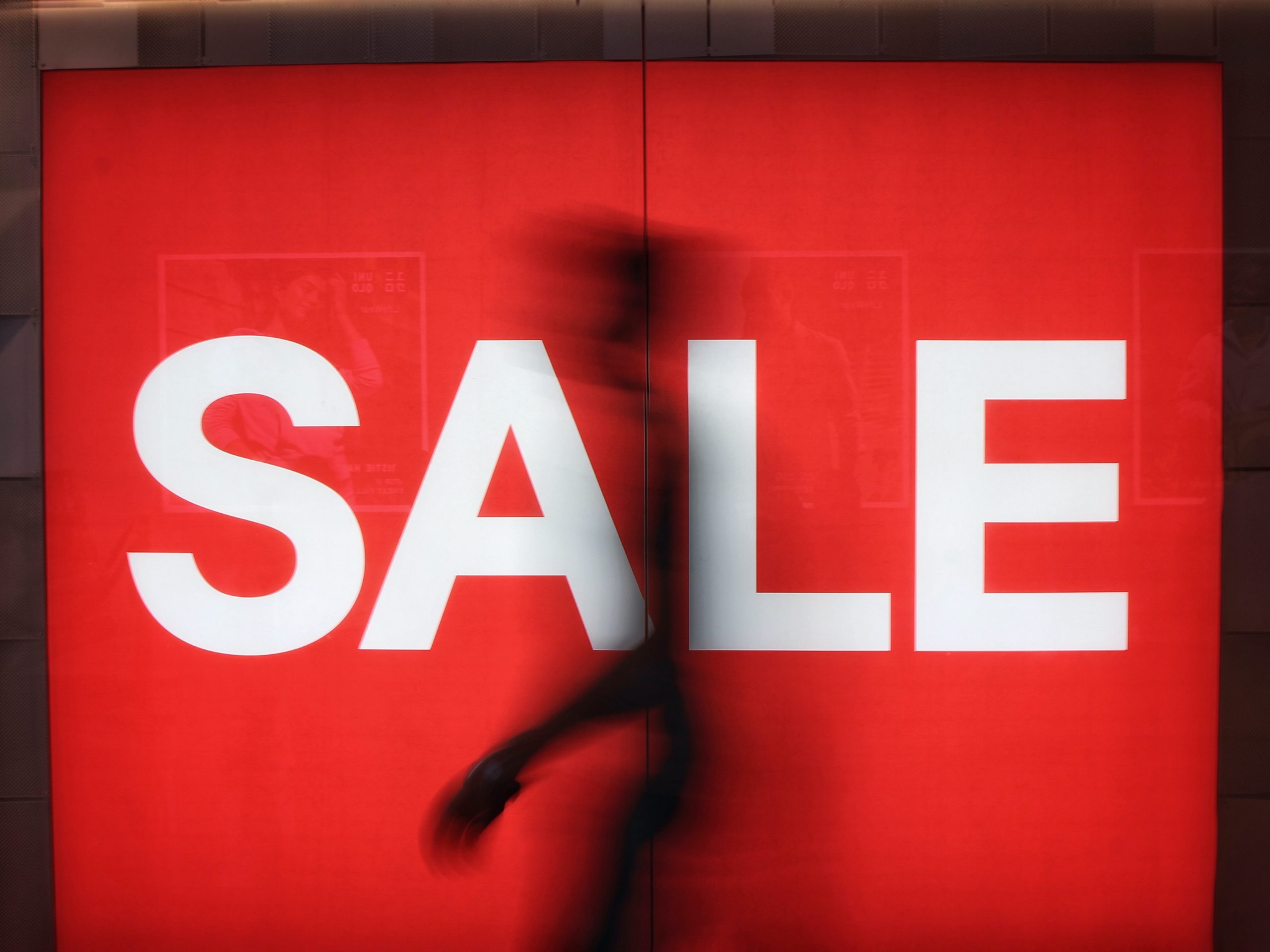Black Friday is changing radically in 2020.
A Google-commissioned Ipsos survey found that 74 percent of U.S. shoppers said they plan to shop online more than they have done in previous seasons. And people who shop in stores will rely on services such as curbside pickup to limit their contact with other people. In response, retailers are taking a hard look at their Black Friday experience.
Retailers Reinvent Black Friday
Consider what some of the heavy hitters are doing to re-imagine what Black Friday means during a year when many people simply don’t want to go into stores.
As noted in RetailWire, “Walmart has long been one of the retailers noted for performing at a high level when facing down natural disasters and economic tumult.” The retail monolith’s response to Black Friday is no exception. As reported by CNBC.com, Walmart is taking an innovative approach, staggering three holiday sales events through the month of November. Each sales event will begin on the Walmart website. Brick-and-mortar stores will continue the sales a few days later, after some demand has presumably been satisfied online (thus mitigating crowds). On the holiday sales days, stores will open at 5:00 a.m. local time. Shoppers will encounter COVID-era precautions: single-file lines; limits on the number of shoppers inside at any given time; sanitized shopping carts; and store “health ambassadors,” who will greet shoppers and remind them to wear a mask. Bargain hunters who prefer to bypass in-store shopping can shop online, or take advantage of Walmart’s curbside pickup.
As Scott McCall, executive vice president and chief merchandising officer for Walmart U.S., shared in a news release, “By spreading deals out across multiple days and making our hottest deals available online, we expect the Black Friday experience in our stores will be safer and more manageable for both our customers and our associates.”
Walmart’s not the only one to re-think what Black Friday looks like this year. Many other retailers have announced that they are redefining the traditional in-store Black Friday sales as a digital experience that occurs over days, weeks, or even months. Home Depot set the tone early, announcing in September that Black Friday prices would be available throughout the entire holiday season, both online and in-store. Though a few “unique deals” are planned to launch later in the season, the store is orchestrating a campaign that consciously sidesteps that single day of crowded, feverish shopping.
Retailers are also capitalizing on opportunities like Amazon Prime Day to generate a surge in sales that businesses often associate with Black Friday. This year’s event ran for two days, October 13 and 14, during which marketplace sellers netted $3.5 billion+. Third-party merchants on Amazon generally reported good results. As noted in practicalecommerce.com, along with the increased sales came increased advertising costs. At the same time, the results speak for themselves: for one of our clients, we secured 44 percent more revenue and a 33 percent increase in return on ad spend on Prime Day — with only an 8 percent increase in advertising costs. We were happy with the outcome, as our client was.
Shipping during the 2020 Holiday Season
As retailers respond to a changing retail landscape, they must also face the reality that with a surge in online ordering throughout November comes the potential for shipping delays as businesses send more packages. More packages being delivered puts more of a strain on shipping services – and possibly a strain on retailers’ fulfillment capability. On the other hand, FedEx has said it is hiring 70,000 seasonal workers to manage an expected surge, and bellwether retailers such as Target are hiring aggressively to ensure they can handle the increased volume in online orders.
What Should You Do?
How do you plan to stay competitive during an unprecedented year? We recommend:
- Don’t wait for Black Friday to promote your holiday deals. Activate your display advertising, search marketing, and paid social media programs now.
- Consider creating events of your own. Don’t worry about creating a blowout on the scale of Amazon’s Prime Day. Instead, take a page from Walmart’s book and ask yourself how you might create your own “Black Friday” digital events. Learn from the bellwether brands!
- It goes without saying, on the operational side, prepare yourself for the expected uptick in orders. Assuming you have done so, promote any deals you’re offering on shipping (something we’ve blogged about here). In addition, set expectations with your customers. Let them know that waiting until the last minute to order and ship may incur additional delays this holiday season in particular.
- Be mindful of tone in everything you do. People want to shop, yes—but as we’ve blogged here, they are also under stress. Many shoppers will be ordering gifts for loved ones from whom they will be socially distanced this holiday—and feeling a sense of loss as they do so. Others may be overwhelmed by COVID-19 news: fearful of a spike in the virus, or a lockdown of stores and businesses. Be sensitive to these anxieties in your messaging.
Contact True Interactive
In a year like 2020, even traditions like Black Friday are going to look different. We can help you maximize digital and rise to the occasion. Contact us.
Photo by Justin Lim on Unsplash
